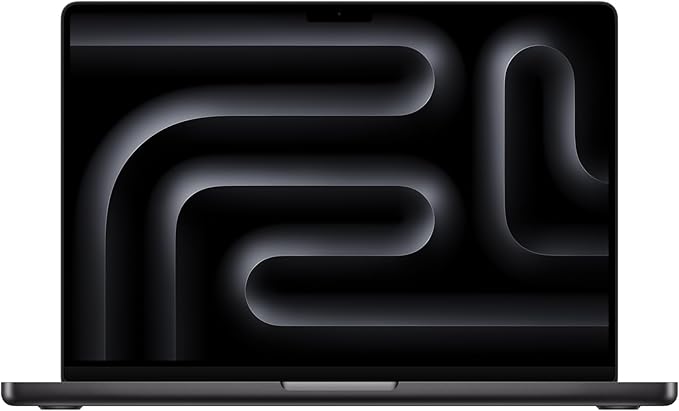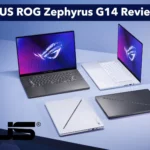Choosing the right laptop as a STEM major isn’t just about convenience — it can make or break your daily workflow. Whether you’re crunching numbers in MATLAB, running CAD models, analyzing data in Python, or training small machine learning projects, your laptop needs to be fast, reliable, and built to handle demanding workloads.
With so many models on the market, it’s easy to feel overwhelmed. That’s why I’ve narrowed it down to the best laptops for STEM students in 2025, based on real performance, battery life, portability, and value for money.
What to Look for in a STEM Laptop
Before diving into the recommendations, let’s break down what actually matters for science, technology, engineering, and math students:
- Processor (CPU): Go for the latest Intel Core Ultra, AMD Ryzen AI, or Apple M4 chips. More cores = faster simulations.
- RAM: 16 GB minimum; 32 GB is safer if you work with CAD or big datasets.
- Storage: SSD is a must; 512 GB works, but 1 TB is better for projects and software.
- GPU: NVIDIA RTX (40/50 series) is great for CAD, 3D modeling, or GPU-accelerated workloads. If you’re mostly coding or using lighter applications, integrated graphics will be enough.
- Battery Life: You’ll be in lectures and labs all day, so 8+ hours is ideal.
- Portability: Lightweight laptops are easier to carry around campus, but powerful models usually weigh more.
See also: Best Laptops for Engineering Students
Top Laptops for STEM Majors in 2025
1. Apple MacBook Air 13 (M4) – Best for Most Students
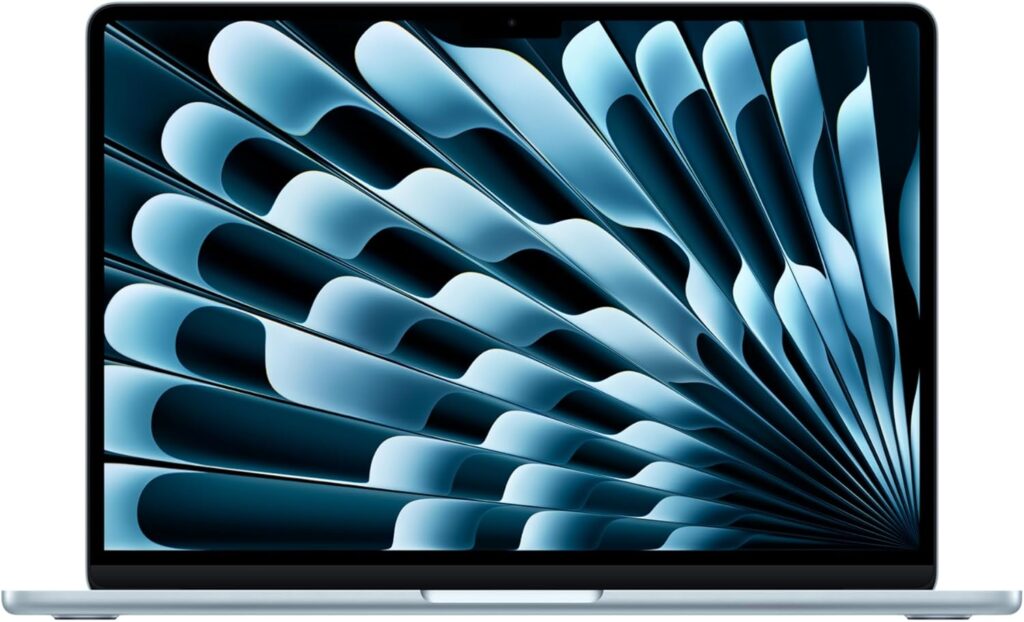
If you value portability and battery life, the new MacBook Air M4 is hard to beat. It’s lightweight, fanless, and surprisingly powerful.
Specs to look for:
- Apple M4 chip
- 16 GB RAM (recommended)
- 512 GB or 1 TB SSD
- 13.6″ Retina Display
Pros:
- Outstanding battery life (all-day use)
- Smooth macOS experience, ideal for coding and data science
- Lightweight and portable
Cons:
- No NVIDIA GPU support (not ideal for CUDA-based ML)
- Limited ports (dongles may be needed)
👉 Perfect for students focused on coding, data analysis, and long study sessions.
2. Dell XPS 15 – Best Windows Workhorse
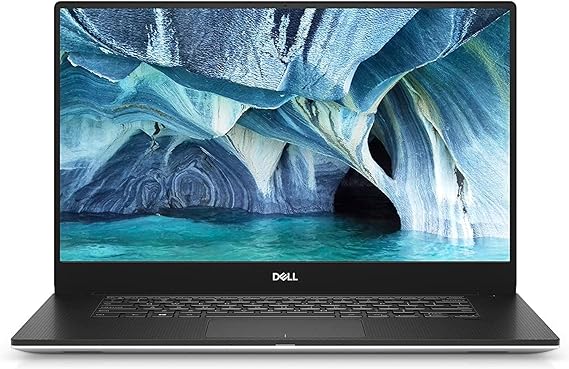
For those working with CAD software, engineering simulations, or GPU-accelerated tasks, the Dell XPS 15 offers serious power.
Specs to look for:
- Intel Core i7/i9 H-series
- NVIDIA RTX 4050–4070
- Up to 64 GB RAM
- 15.6″ OLED or 3.5K display
Pros:
- Large, sharp display for design and engineering work
- Configurable with powerful CPUs and GPUs
- Premium build quality
Cons:
- On the heavier side
- Battery drains faster with a discrete GPU
👉 Best choice for students who need raw power and a bigger screen for heavy workloads.
See also: Dell XPS 15 (2025) Review
3. Lenovo ThinkPad X1 Carbon Gen 13 – Best for Portability
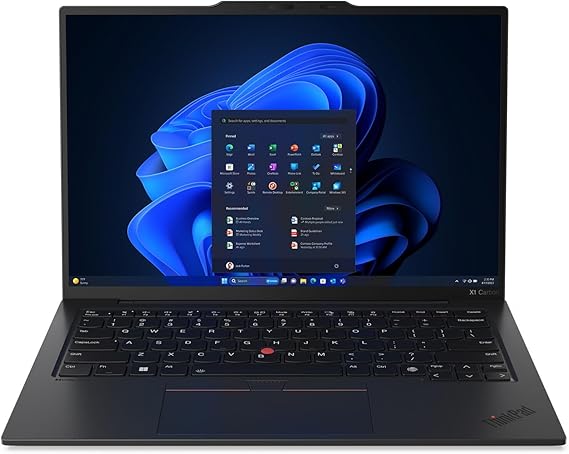
The ThinkPad X1 Carbon is known for its excellent keyboard and featherweight design. It’s perfect for students who type a lot and move between classes.
Specs to look for:
- Intel Core Ultra processors
- 16–32 GB RAM
- 14″ 2.8K OLED display
Pros:
- Ultra-light and durable
- Fantastic keyboard for long coding sessions
- Long battery life
Cons:
- Integrated graphics only (not great for heavy 3D tasks)
- RAM is soldered (no upgrades)
👉 Ideal for students who prioritize portability and long hours of coding or note-taking.
See also: Lenovo ThinkPad X1 Carbon Gen 13 Review
4. ASUS Zenbook 14 OLED – Best All-Rounder
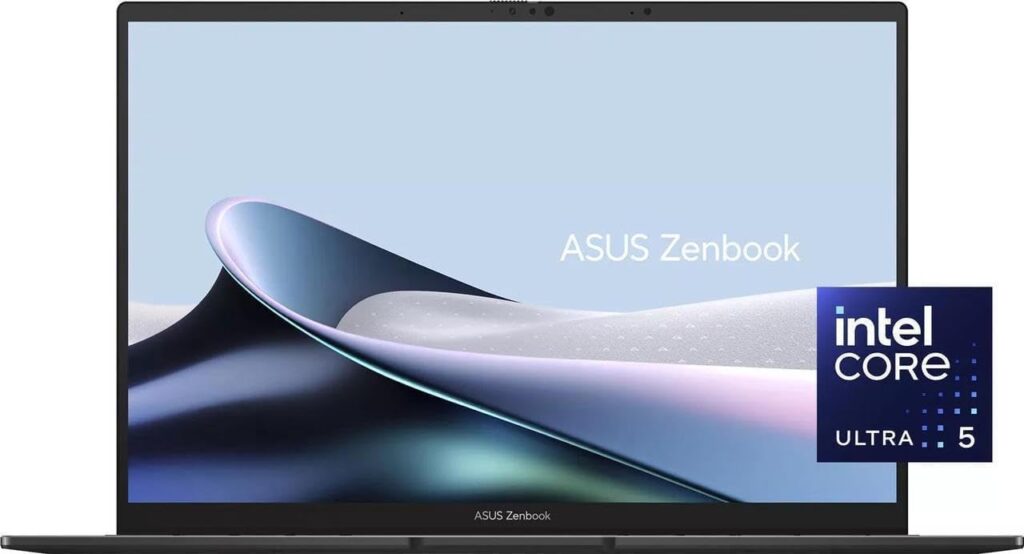
If you want a balance of price, portability, and performance, the ASUS Zenbook 14 OLED is a fantastic option.
Specs to look for:
- Intel Core Ultra or AMD Ryzen AI
- 16–32 GB RAM
- 14″ 3K OLED 120Hz display
Pros:
- Gorgeous OLED display
- Great battery life for a Windows machine
- Solid all-around performance
Cons:
- Not built for the heaviest GPU workloads
- Some models limit RAM upgrades
👉 Perfect for students who want a balance of affordability, portability, and performance.
5. Razer Blade 16 (2025) – Best for Heavy Simulations & 3D Work
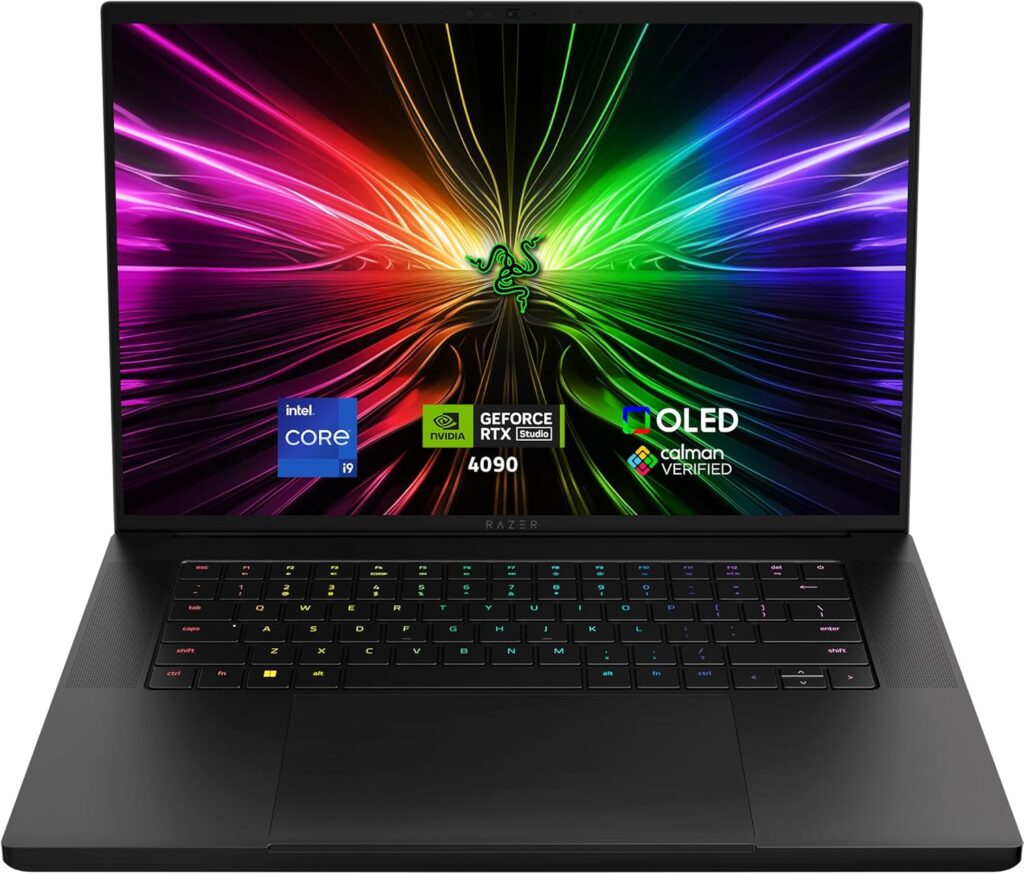
If your degree requires 3D rendering, GPU-intensive simulations, or ML training, the Razer Blade 16 packs desktop-class power into a sleek design.
Specs to look for:
- AMD Ryzen AI 9 HX or Intel i9
- NVIDIA RTX 5080 / 5090
- 32 GB RAM
- 16″ OLED or high-refresh display
Pros:
- Extremely powerful GPU performance
- Premium build quality
- Great for gaming and creative work too
Cons:
- Expensive
- Shorter battery life under load
👉 The best pick if you’re doing GPU-heavy workloads or 3D engineering projects.
Comparison Table
| Laptop | CPU | GPU | RAM | Screen | Weight | Best For |
|---|---|---|---|---|---|---|
| MacBook Air M4 | Apple M4 | Integrated | 16 GB | 13.6″ Retina | 2.7 lb | Coding, data science, battery life |
| Dell XPS 15 | Intel i7/i9 | RTX 4050–4070 | 16–64 GB | 15.6″ OLED/3.5K | 4.2 lb | CAD, simulations, GPU work |
| ThinkPad X1 Carbon | Intel Core Ultra | Integrated | 16–32 GB | 14″ OLED | 2.1 lb | Portability, coding, note-taking |
| ASUS Zenbook 14 OLED | Core Ultra / Ryzen AI | Integrated | 16–32 GB | 14″ OLED 3K | 2.8 lb | All-round student use |
| Razer Blade 16 | Ryzen AI / Intel i9 | RTX 5090 | 32 GB | 16″ OLED | 4.6 lb | GPU-heavy work, 3D rendering |
FAQs
Not always. For general coding and math work, 16 GB is fine. But if you’re running CAD software or simulations, 32 GB will save you headaches.
MacBooks are amazing for portability and coding. But if your field uses engineering software like AutoCAD or SolidWorks, Windows is the safer bet.
Not necessarily. Gaming laptops offer strong GPUs, which help for CAD and ML, but they’re often heavier and have weaker battery life.
Final Word
In the end, the best laptop for a STEM major really depends on how you plan to use it. If you’re running heavy CAD models, you’ll want something powerful like the Dell XPS 15 or Razer Blade 16, but if you’re mostly coding, writing reports, or analyzing data, a lighter option like the MacBook Air or ThinkPad X1 Carbon will make your life easier. The key is to pick a laptop that matches your workload and study habits, so you can focus more on learning and less on waiting for your computer to catch up.

